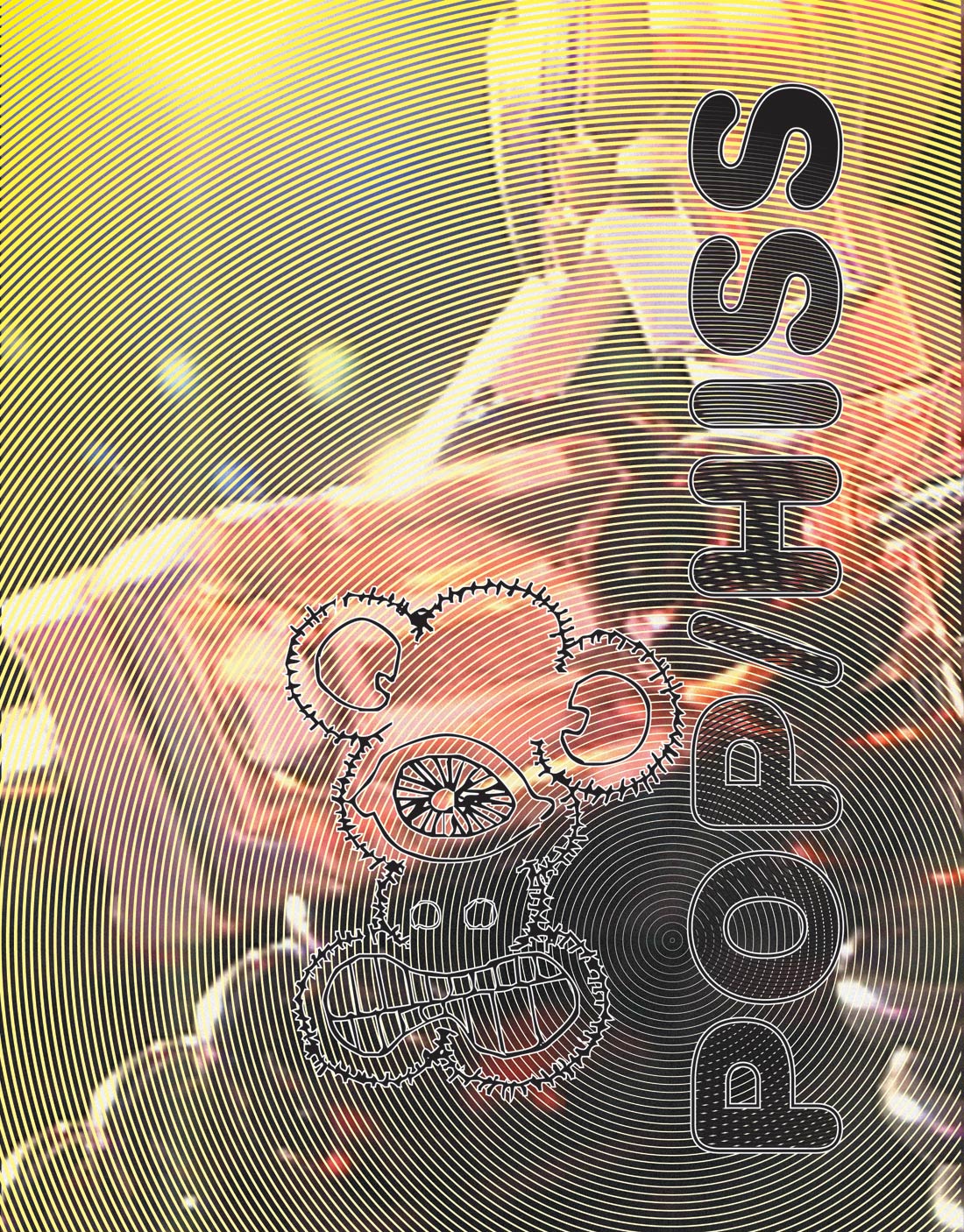What impresses me most about Eventide is the company's ability to reinvent itself more than Madonna. This company's been making audio gear since the dawn of time (or thirty years, whichever comes first). Remember the 1745 delay? Of course you don't, you're too damn young. Don't worry-welcome to the future. The Eclipse has a ton of your basic, no-studio-can-do-without Eventide effects: great delay and pitch shift. Everything is editable, and you can assign modulation to just about any parameter, which boils down into an amazing array of unique and useful patches. Tweakheads and Enophiles will go crazy, players will dig it as an insert effect, and mixers will find a wide range of useful tools. Think of this box as a mainframe effects computer that you can pretty much configure any way you want. In fact, when you get rocking with your favorite presets, you can program the hot keys on the front panel to address the parameters you use the most. Killer. In addition to the pitch- shifts and delays, the Eclipse's 80 effects algorithms include reverbs; preamp effects (distortions, etc.); modulation effects (tremolo); vocoders; a tuner; an oscillator (!); and a few suspiciously named presets (Bob's Claps, CJ's EchoFlange). You can get the whole rundown on Eventide's website. Suffice to say, there are more presets than you may ever need. The Eclipse has just about every I/O option available crammed into a one rackspace box. (Wanna integrate into a native setup w/ ADAT I/O? No problem!) The user interface is fairly straightforward, and after no more than a cursory glance at the manual, it was very easy to navigate. For those of you who actually dig manuals, it's a great read-very informative, detailed, simple, and funny. It seems to have been written by someone who actually worked in a studio. Now for the big guns: The Eclipse has two engines in it. Yeah, I know, there's only one set of stereo I/O. But you can fade seamlessly between the two engines using front-panel controls, external controls, or a MIDI sequencer. We set up MIDI from Pro Tools and were able to do this with ease. Why is this so cool? For the studio on a budget, you can have a short plate-reverb on the verse morph into a flanged delay on the chorus and then back, all automated via MIDI. Two effects for the price of one-this box rocks. I can't believe they don't mention this in the ads! Oh yeah, the Eclipse will also automatically grok the MIDI clock and set all your time-based effects to the song's tempo. This equally rocks. Of course, I've gotta complain about something. The OS hierarchy can be a bit confusing, especially to Eventide newbies, but the manual clears it up pretty fast. For my tastes, Eventide reverbs tend towards the pristine and neutral. If that's your bag, great. (The folks at Eventide reccomend checking out presets like: 181 Diffchorus, 224 Choruspacez, 229 Detuned space, 273 Blackhole 2, 274 Echospace of God, 275 Flange Canyon, 276 Chorus Canyon, and 278 Wormhole 2 which they say are anything but neutral. -Ed.) But let's be honest, you're not buying this box for reverbs. You're buying it for five times the power of the Eventide H3000 in one rackspace, every I/O you'll ever want, and the legendary Eventide effects. There's a good reason you see Harmonizers in every studio-this thing is choice. If you have the means, I highly recommend picking one up. ($2995.00, www.eventide.com)
Effects, Plug-Ins, Software | No. 146
Timeless 3 Delay Plug-In
by Dave Hidek
FabFilter has a reputation for taking common effects plug-ins, such as compression and EQ, then elevating them to new, mind-blowing levels of utility and complexity. I’m used to thinking,...




_disp_horizontal_bw.jpg)